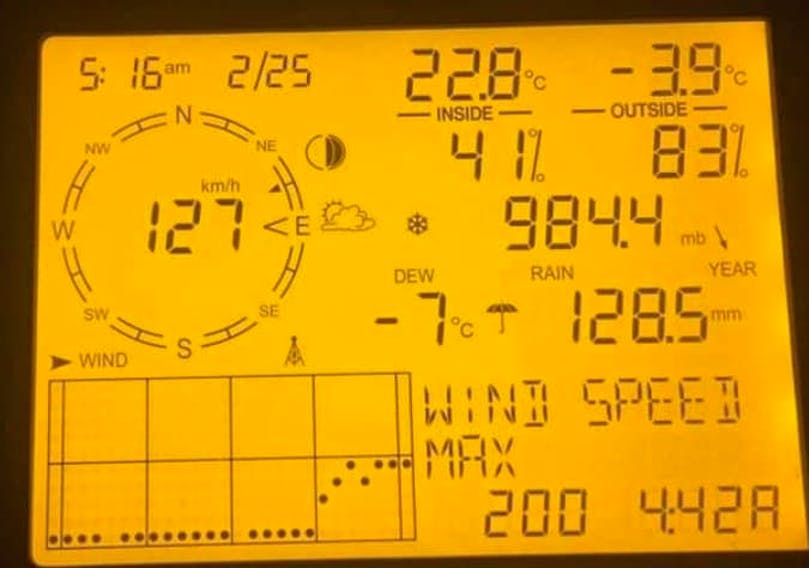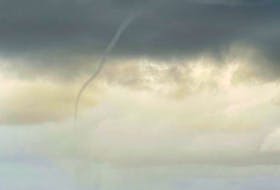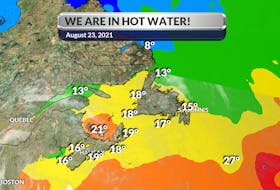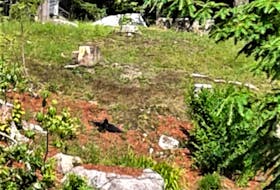I get a lot of mail. These days most of it is email, but every now and again, a letter is delivered to my office. I love it.
That happened on Monday. The letter came from Nicolaas DeVries of Clementsport, N.S. In his letter, DeVries pointed out the word “suetes” is not in the dictionary and asked if I could explain.
Les Suêtes is an Acadian phrase used to describe a very strong southeast wind that occurs in an area along the western coast of Cape Breton Island; most common in Inverness County, north of Mabou.
The name is a contraction of the French wind direction "sud-est" or south-east.
These winds develop ahead of a weather system as it approaches from the south. The counterclockwise flow ahead of the system sets up a southeasterly wind that pushes up against the Cape Breton Highlands. A local funnelling effect causes compression and the wind intensifies as it travels up and over the mountains. It gushes down the other side to the coastal plateau along the Gulf of St. Lawrence at triple the initial speed; these wind gusts often reach 130 km/h and have been known to gust to 200 km/h. Local fishermen report these winds can extend as far out as 25 kilometers offshore.
While it can be windy, few areas are prettier or more welcoming; I visit every chance I get. If you’ve never been, you must add it to your bucket list. A few years ago, while visiting the lovely town of Cheticamp, N.S. it finally happened: I experienced les vents suetes.
Several times a year, this weather phenomenon unique to the Cape Breton Highlands blows through and my timing was perfect.
After a hike along the iconic Skyline trail I checked into my room then went for a bite to eat. The people were warm and welcoming and the food reminded me of dinner at memere’s. All that fresh air tuckered me out so it was an early night.
About six hours later, I was awakened by what could only be described as a roar. I thought the motel was going to lift off the ground; the walls were actually vibrating. It was only 4 a.m. but that was the end of my sleep. I was so excited to have experienced the “suetes winds.”
At breakfast, I spoke to many local residents about the thrill of the overnight winds. They smiled, and politely said “that was nothing, just a light blow.” Later that day I checked the wind gusts and they had peaked well into 90 km/h. Imagine the power of those winds, when 90 is nothing more than a light blow!
- Read more Weather University columns.
- Have a weather question, photo or drawing to share with Cindy Day? Email [email protected]
Cindy Day is the chief meteorologist for SaltWire Network.









